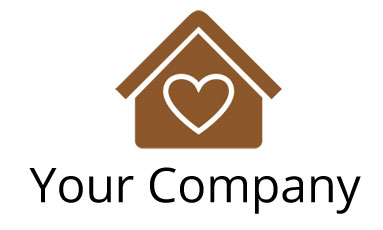
If your relative is taking brand-name prescription drugs, a switch to generic could provide significant savings.
Why are brand-name drugs so expensive?
It takes a lot of money and time to develop a new drug. In particular, it must be tested to show it works and is safe for humans. Patent laws give an innovator company 10 to 20 years to sell the drug with no competition. When the patent expires, any company can develop the generic equivalent. It is less expensive because they don’t have to repeat the testing.
The Food and Drug Administration approves both brand-name and generic drugs. The two medicines are identical in
- active ingredient(s), strength, quality, safety, and how they work
- required lab testing to prove they are absorbed 80%–120% as well as the original (the average tends to be 96%–104%)
- manufacturing standards that ensure consistency and purity
Brand-name and generic drugs are different in
- inactive ingredients. Think fillers, binders, colors, and flavorings
- appearance, such as shape, size, and color
- clinical testing on humans. This is not required for generics
- name. The generic’s name is scientific as it was not created for advertising
The biggest difference is cost. Generic drugs cost about one-third as much as their brand-name equivalents.
Is there a downside to generics? Not generally. Some consumers in online forums write that the generic has not worked as well. But there is no scientific evidence or study to explain or support these personal reports. Others mention more or different side effects. There may be some validity to this. Pharmaceutical companies are always looking to reduce side effects. Perhaps the latest version has a new twist that is enough to make it easier for your loved one to take. With no generic version available, this brand-name update might be worth the extra cost.
Consult with the doctor or pharmacist if you are considering a switch.

